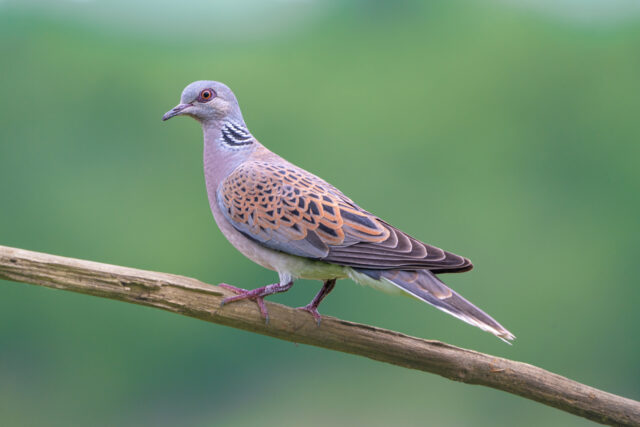
Essex communities have been asked to join forces to tackle the crisis of the decline in the county’s wildlife and to work to improve habitats.
One in six species are at risk of extinction in Great Britain and there is a 55 per cent decline in farm birds. Local Nature Recovery Strategies (LNRSs) aim to tackle this biodiversity crisis and encourage nature’s recovery.
LNRSs were made mandatory by the Environment Act 2021 and Essex County Council was appointed by DEFRA to deliver the strategy for Essex. The Essex LNRS is being created in collaboration with the Essex Nature Partnership as well as landowners, key environmental stakeholders and community groups across the county.
The project will highlight areas where nature is thriving and identify opportunities for potential habitat creation and enhancement to develop a strategy for recovery.
Dr Simon Lyster, Chair of the Essex Local Nature Partnership, said: “As we all know, nature in Essex, just like everywhere in the world, has been seriously depleted in recent decades. But we now have an unprecedented opportunity to reverse that decline. For the first time ever, we have a law, the 2021 Environment Act, that requires us and every other county in England to come up with a strategy for nature recovery – to ensure there is more nature in Essex in future than there is now.
The law requires us to identify where the best opportunities for nature recovery are; where we can best create nature recovery networks so our nature areas are bigger, better and more joined up.
But we need your help. Should we focus efforts on our towns or our rural areas, along our coast or along our river catchments – or all of the above? We want your views to help shape our nature recovery strategy and our ‘opportunity maps’ for nature recovery in Essex.”
Essex currently has 14 per cent of green infrastructure and the Essex LNRS aims to provide a strategic framework to help stakeholders work together to increase this to 25 per cent by 2030. The Essex LNRS also aims to help farmers and landowners reach a target of 50 per cent of farms using sustainable farming practices and to significantly improve the connectivity of wildlife habitats. The UK is in the lowest 12 per cent of countries across the world for biodiversity intactness, meaning animal and plant habitats have become increasingly fragmented. The habitat loss is due to a number of reasons, including intensive agricultural practices, human encroachment and disturbance, and construction. It has led to wildlife existing in isolated pockets of land and unable to move freely across the landscape. Now nearly one in five species have been adversely affected by the decrease in habitat connectivity.
The strategy will seek to help nature recover highlighting existing spaces of importance for biodiversity, finding opportunities for improving habitats and making more space for wildlife to thrive. The completed LNRSs will influence planning decisions and help to obtain funding streams for environmental improvements.
Essex County Council and the Essex Nature Partnership want as many people as possible to contribute to the project which, it hopes, will see bigger, better and more connected areas for nature to recover.
Simon added: “We are looking to engage with as many people as possible and encourage everyone to visit the Essex Nature Partnership website to find out more and share their views.
“More and more people are doing good things for nature in their gardens and in their communities. Many Essex farmers are producing food in ways that also benefit nature. We absolutely can meet our human needs and have a thriving natural world. Help us make it happen, and let’s start by coming up with a fantastic nature recovery strategy for our precious county.”



